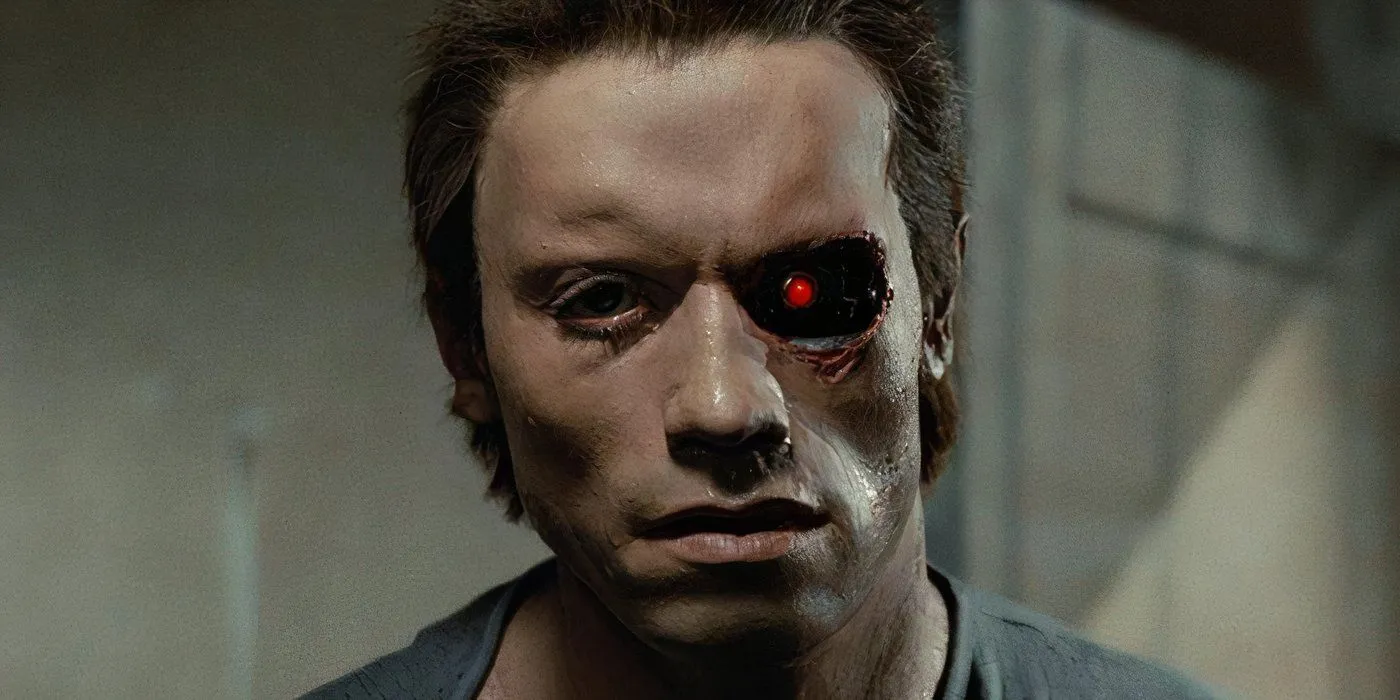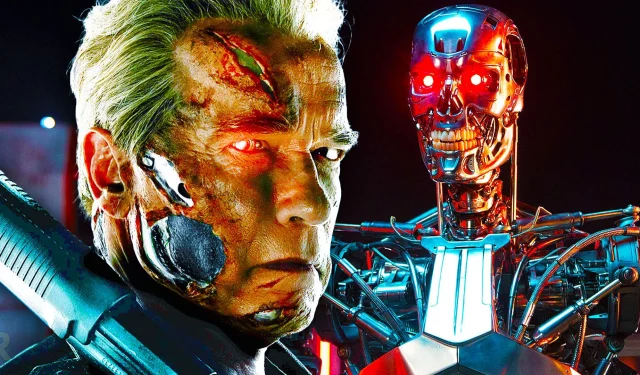**Warning: Contains SPOILERS for Terminator #6!** The Terminators are among the most legendary villains in cinematic history, relentless in their quest to eliminate their targets and heralding an apocalyptic future. They embody a unique blend of horror and science fiction, reminiscent of the unyielding Michael Myers from Halloween, merged with time-travel elements, creating an unforgettable narrative. Unfortunately, the grim future shaped by Terminators is unavoidable, emphasizing the series’ persistent themes of doom.
In Terminator #6 from Dynamite Entertainment, penned by Declan Shalvey and illustrated by Lorenzo Re, the focus shifts to a lesser-known model: the T-600. While audiences are more familiar with the iconic T-800—famously portrayed by Arnold Schwarzenegger—the T-600 has remained largely unexplored within the franchise. This issue significantly alters that, unveiling the pivotal role of the T-600 in Skynet’s most ambitious undertaking: the mastery of time travel.

Skynet’s methods were starkly horrifying, involving the abduction of humans who were kept in breeding farms for their skin, which would then be utilized to fashion lifelike coverings for the T-600s. Unfortunately, the T-600’s bulky endoskeleton posed a critical flaw; it frequently tore through the skin during the time travel process, resulting in system failures. This engineering mishap effectively rendered the T-600 obsolete, paving the way for the more refined T-800 model that has since become emblematic of the franchise.
The Disturbing Origin of the Terminator’s Human Appearance
Human Skin Farms: A Disturbing Clarification of the Terminator’s Iconic Look

Historically, it was assumed that Skynet employed advanced technologies to cultivate synthetic skin that could deceive the time portal into accepting the Terminators. Given Skynet’s sophisticated arsenal, including the creation of lethal automatons, this seemed plausible. However, this new inclusion in the series takes a much darker turn, revealing a gruesome reality of flesh harvesting that brings the horror elements of the original film back into focus.
The revelation that Terminators are crafted from the harvested flesh of humans, some raised specifically for this purpose, is genuinely unsettling and resonates as a nightmare-inducing concept. This brutal twist enriches the series’ exploration of horror, which has been a recurring theme since the franchise’s inception. Shalvey’s narrative effectively fulfills his commitment to rejuvenate the horror elements that defined the earlier installments, solidifying this as a pivotal moment in the ongoing series.
The Original Explanation for Human-Looking Skin: A Tamer Take
A Historical Weakness: The Earlier Explanation for Terminators’ Skin

Interestingly, the franchise has previously provided a more conventional explanation for the T-800’s living skin. In Terminator: Enemy of My Enemy, a doctor creates a synthetic skin remarkably similar to organic human skin, a process completely devoid of any horror elements like skin farms. This artificial skin could develop and essentially grow on its own, ultimately becoming the foundation of the T-800’s construction. However, Skynet deemed the scientist a threat and targeted her for assassination.
This plot twist reveals Skynet’s intent: to eliminate the creator of the synthetic skin before she could implement a critical safety feature—a kill switch designed to render the Terminator inoperative. The juxtaposition of the original narrative against the current storyline highlights the darker turn this franchise has taken, deepening the mythos surrounding its iconic antagonists.
The T-600’s Rubber Skin Deserves More Exploration
Rubber Skin: A Cool Yet Overlooked Design Element

While the exploration of how the Terminators acquired their eerie, iconic appearance is compelling, the narrative should not overlook the fascinating aspect of the T-600 and its rubber skin. Although this issue dedicates considerable attention to this model, a standalone story featuring T-600s as the primary antagonists would significantly enrich the franchise’s universe, spotlighting their distinctive design.
A narrative akin to Terminator: Salvation, emphasizing T-600s and their grotesque rubber exteriors, could offer a fresh perspective, whether in comic form or as a live-action adaptation. With a trend of showcasing increasingly advanced Terminators, revisiting this older model could breathe new life into the series. Despite this, nothing can ever eclipse the original Terminator and its systemic trauma rooted in horror.
The latest issue, Terminator #6 from Dynamite Entertainment, is available now.


